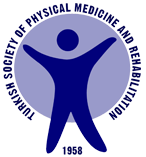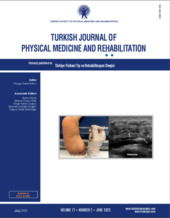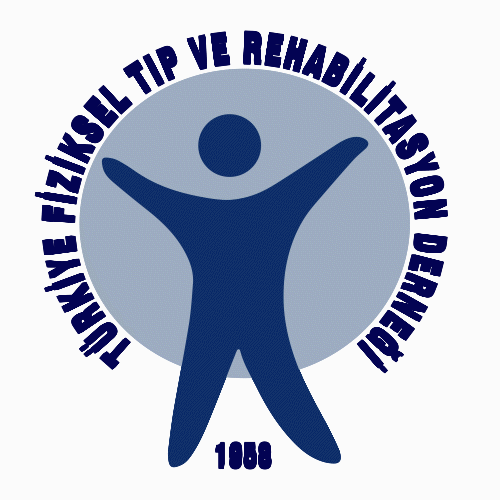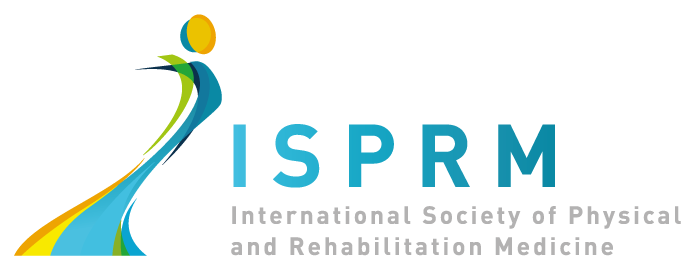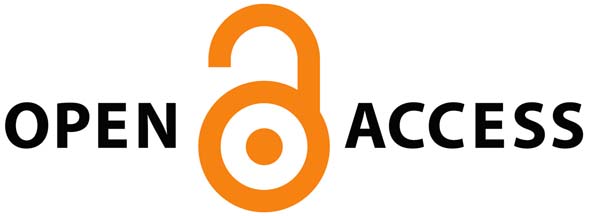The impact of cervical exercises in addition to vestibular rehabilitation on unilateral peripheral vestibular system disorders accompanied by neck pain: A prospective, randomized-controlled trial
2 Department of Physical Medicine and Rehabilitation, Ege University Faculty of Medicine, İzmir, Türkiye
3 Department of Physical Therapy and Rehabilitation, Kemalpaşa State Hospital, İzmir, Türkiye
4 Department of Audiology, Ege University Faculty of Health Sciences, İzmir, Türkiye
5 Department of Ear, Nose and Throat Diseases, Ege University Faculty of Medicine, İzmir, Türkiye
6 Department of Neurology, Ege University Faculty of Medicine, İzmir, Türkiye DOI : 10.5606/tftrd.2024.14692 Objectives: The aim of this study was to investigate the effect of neck exercises in addition to vestibular rehabilitation treatment in unilateral peripheral vestibular system (PVS) diseases accompanied by neck pain and to evaluate the relationship between neck pain severity and clinical balance parameters in this patient population.
Patients and methods: In this prospective, randomized-controlled study, a total of 70 patients (30 males, 40 females; mean age: 52.6±14.9 years; range, 37 to 68 years) who were diagnosed with unilateral PVS disease with concomitant neck pain were included between September 2019 and May 2022. The patients were randomized into two equal groups. Group 1 (n=35) received a vestibular rehabilitation program for four weeks, and Group 2 (n=35) received neck exercises in addition to the standard rehabilitation protocol. As the compensation improved in the vestibular rehabilitation treatment, additional compelling exercises were added to the program. At Week 4, all patients were evaluated with clinical parameters including the severity of balance, neck pain, dizziness, Dizziness Handicap Inventory (DHI), Functional Gait Assessment (FGA), Activity-specific Balance Confidence (ABC) scale, Dynamic Gait Index (DGI), Berg Balance Scale (BBS), Timed Up-and-Go (TUG) test, Falls Efficacy Scale (FES)-International, postural stability, and Neck Disability Index (NDI).
Results: After the rehabilitation program, a statistically significant improvement was observed in all clinical parameters in both groups (p<0.05). Compared to Group 1, there was a statistically significant difference in all other clinical parameters in Group 2, except for the two parameters: the Romberg eye-open time and TUG test (p<0.05). A significant correlation was found between the severity of neck pain and the severity of dizziness, BBS, DHI, FGA, and NDI (p<0.05).
Conclusion: Neck exercises may yield positive clinical outcomes when combined with vestibular rehabilitation and should be taken into consideration for planning rehabilitation program in patients with unilateral PVS disease and neck pain.
Keywords : Dizziness, neck pain, rehabilitation